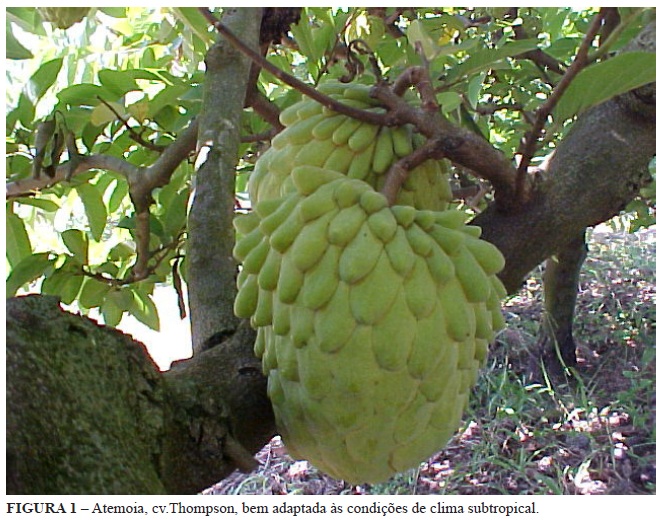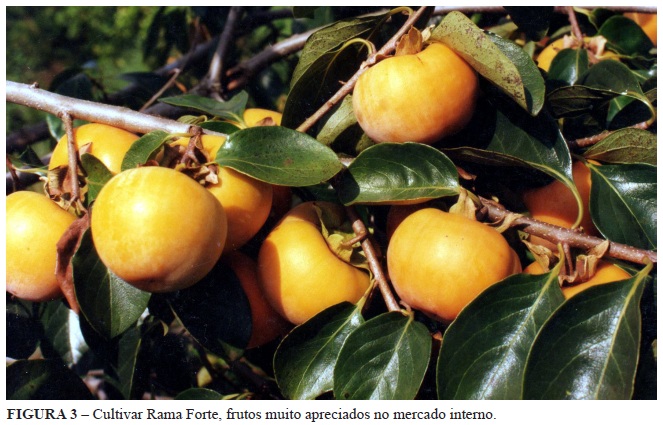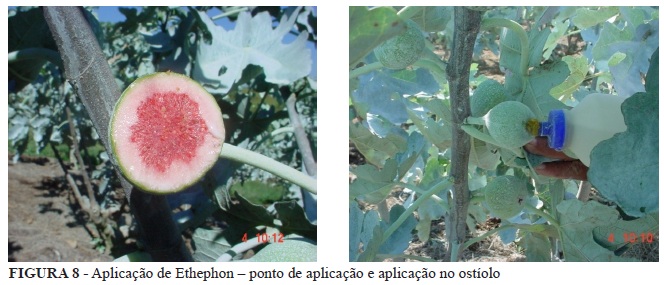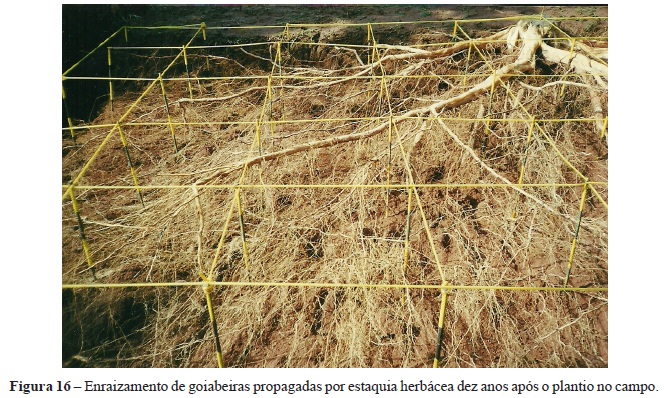Considering the climatic aptitude the fruit plants are classified in: tropical, subtropical and temperate. This traditional classification was very effective during a long period of time. Based on more update knowledge of the origin centers of the different species, the technological advances in the fruit crops and, in the fruit conservation and specially the genetic breeding created exceptional for the cropping of tropical species and temperate in subtropical climate. In this research were select the atemoya, persimmon, fig tree and guava crop based not only in the national and regional importance but also in the different contributions that the scientific research offered to the fruit plants. Atemoya - within the fruit species exploited in a large scale may be the more recent introduction in cropping in Brazil, initiated in the 1980 decade. Several techniques of cropping were developed such as root stocks more adequate for each region, pruning, artificial pollination, pest management and disease control and several others technologies that permitted a fast expansion of the fruit crops in several country regions. Although the remarkable contribution of the Universities, Research Institutes and Extension Agencies, was fundamental the pioneer contribution of the producers to solve the problems of the crops indicating the necessity for more research in this crop fruit. Persimmon - the Brazilian production of persimmon (IBGE - 2009) was 171,555 tons was obtained in a area of 8,770 ha and represented a value of 146,67 real millions. The major production states in Brazil were São Paulo (111,646 tons) Rio Grande do Sul, Paraná and Rio de Janeiro. The main cultivars in production are: 'Rama Forte', 'Giombo' and 'Fuyu' which are found in the internal market. Fig tree - the Brazilian production of fig at 2009 according to IBGE - IBRAF were 24,146 tons being the major production states in Brazil the Rio Grande do Sul and São Paulo. At São Paulo the fig production is concentrate in the Campinas region, being a production of 9,469 tons in 2010 (IEA). The harvested fruit due to developed technology is export as fresh fruits (1,645 tons at 2008). Source: DECEX (MCT) IBRAF - 2010. Guava crop - the guava crop in Brazil is adapted to a subtropical climate. This crop in Brazil had a great expansion due to the development of cultivars adapted to the climate and special techniques of cultivation. According to IBGE - IBRAF at 2009 Brazil produced 297,377 tons in a area of 15,048 ha. The major productions areas are located at Pernambuco, São Paulo, Brasilia, Rio de Janeiro and Bahia. In São Paulo states were produced more guava for fresh consumption due to the high quality of fruit harvested (50,000 tons).
fruits; atemoya; persimmon; fig tree; guava crop




















